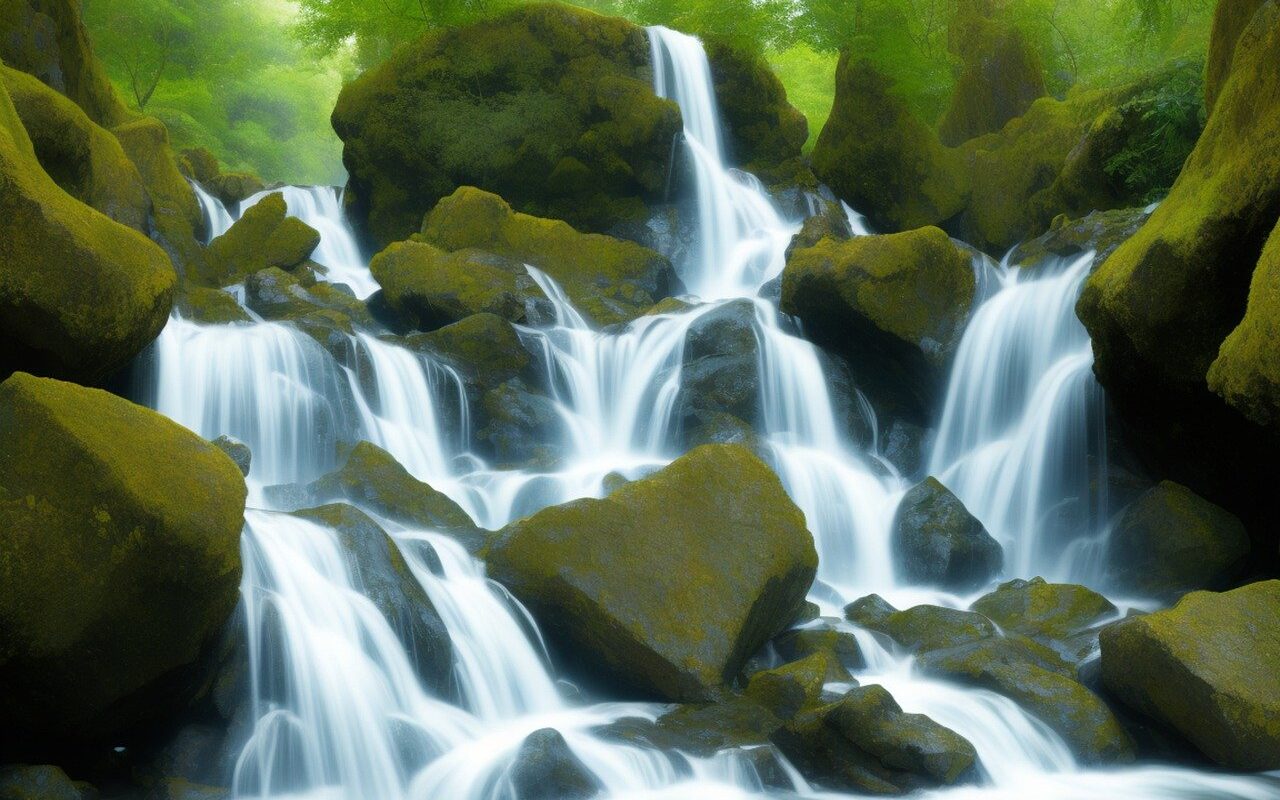Spring has sprung, and now is the optimum time to spruce up your garden and try new projects with balmy, relaxing evenings in mind. If you’re keen on sitting outside perhaps with a glass or two, you need to create an oasis. And what better sound sums up a warm evening than the gentle burble of a waterfall? It’s not as hard to build a DIY waterfall in your garden. Here are some tips that came in handy for me.
Getting Started With Your DIY Waterfall
First of all, you need to take a good look around your garden to decide on the best location for your waterfall. You also need to know whether your land is flat or not. If your garden is totally flat, then you will need to build a slope or series of steps. A gentle slope will mean a gentle fall of water, while a steeper slope will ensure faster – and louder – movement of water. If your soil is hard to dig, or too sandy to form a solid base, you can build height using decorative stones and rocks of varying sizes. These are available through garden centres and DIY outlets.
Then, decide whether you want your waterfall to cascade into a pond or a simple gravel bed. A pond will require maintenance and cleaning but will be beneficial for wildlife.
Before Starting
You will need:
- A preformed liner
- Sand
- Electric or solar pump
- Shovel
- Rocks, natural or preformed
- Tubing
- Flowerpot
- Spirit level
You will need a pump in the lower part of the waterfall to ensure water circulates back to the top and down again. It’s a good idea to have a certified electrician check for any buried utility cables underneath where your waterfall is to go. They caninstall a circuit breaker nearby.
Start by digging out an area where your pond or gravel bed will be. Make sure you dig to the same size as the preformed liner you have bought. Use a spirit level to ensure it is even; use a layer of sand under the liner as a base and add or subtract sand until the liner is even. This structure should be deep enough to be able to submerge your pump.
Now the Waterfall
This is the more complicated of the two structures which make up a waterfall so take your time in deciding how to place the rocks and stones in order to achieve the best effect of cascading water, which should gently meander downwards rather than fall in one big splosh! For a quieter sound, you will only need a waterfall that is a few inches high. Bear in mind that you will need to feed tubing (from the pump) upwards which should be hidden in a shallow trench within the rock structure. Thread the tubing inside a flowerpot behind the rocks so it can’t be seen. You may also need a flexible liner to place under the rock formation for a large-scale waterfall.
Using rocks of varying sizes start to build up the waterfall, being careful to conceal the tubing all the way up and ensuring that rocks in the centre are flatter to better direct the flow of water.
Once you’re happy with the design fill the pond or gravel bed with water and switch on the pump to test the flow. Make any adjustments necessary then relax and enjoy your garden waterfall.







